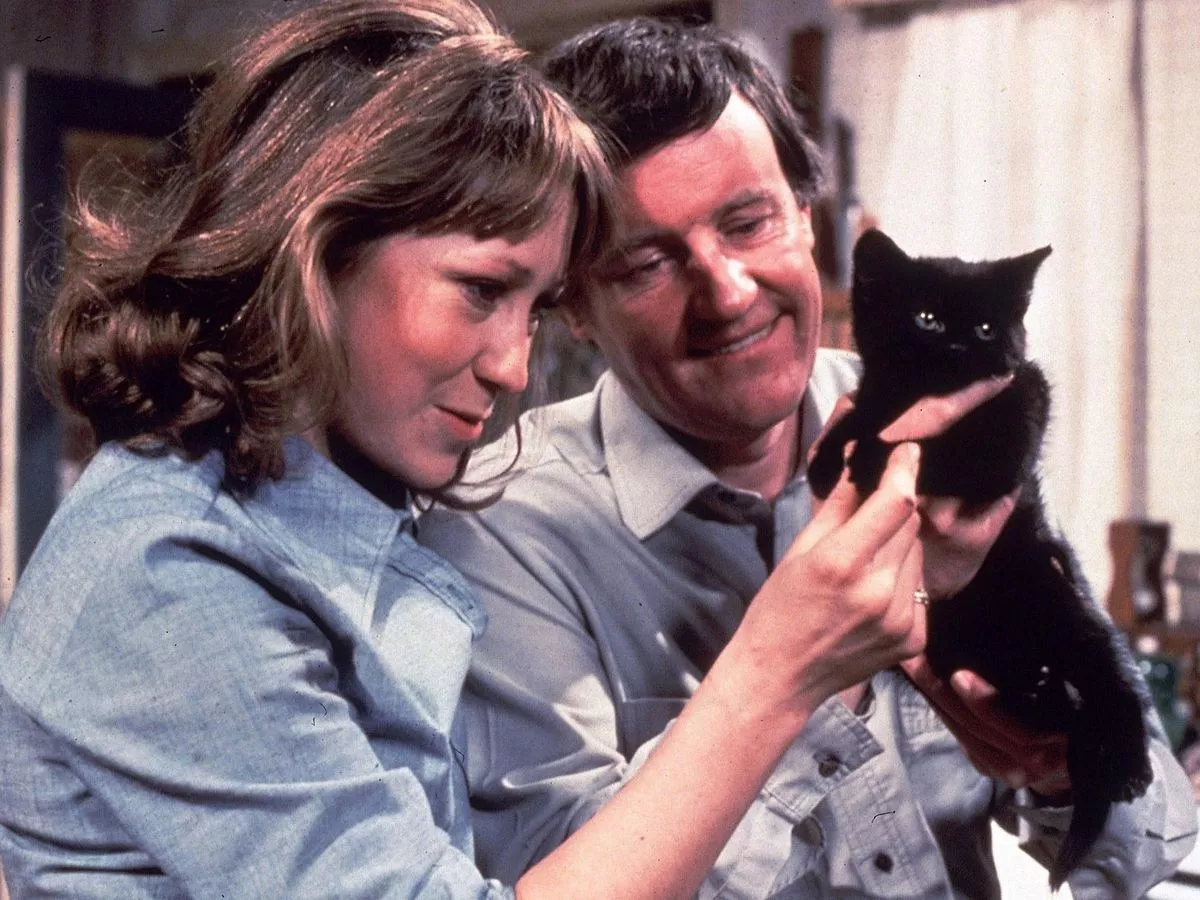Copyright mirror

Nearly half of Brits dream of a more self-sufficient lifestyle as epitomised in iconic 70s sitcom, The Good Life , it has been revealed. A poll of 2,000 adults found the comedy series is still relevant 50 years after it first aired, with 44 per cent actively pursuing or considering a simpler way of life. As many as 28 per cent have attempted to grow their own fruit and veg during the past 12 months - much like Richard Brier's character, Tom. Others have installed solar panels on their roof (eight per cent) or attempted to make their own furniture or upcycle it (eight per cent). While 29 per cent have sought out used clothing and nine per cent have created a rainwater harvesting system. The research was commissioned by U&GOLD ahead of the new documentary, The Good Life: Inside Out which airs on the channel at 9pm on Tuesday October 28 - it looks back on the show five decades since it was first shown. The study found 25 per cent of all adults have been directly inspired by the sitcom to become more self-sufficient, with its themes of overconsumption, reducing waste, and living in harmony with nature continuing to resonate amid rising living costs and climate concerns. Co-creator of the show John Esmonde, speaking in a 1980s interview, said: "At the time, plenty of people were thinking ‘what can I do with my life instead of just going to the office every day?’ They were looking for a kind of freedom. The message of becoming self-sufficient was to do something about life before it throttles you. Tom was a natural anarchist, but hopefully in not too deadly serious a manner. It was comic anarchy.” The perceived benefits to living more self-sufficiently include fresher and organic food (51 per cent), a lower cost of living (51 per cent), and spending more time outdoors (48 per cent). Other draws include the potential for better physical health (48 per cent) and improved mental wellbeing (44 per cent), along with the chance to learn new skills (42 per cent). However, with the pros come the cons, and those polled consider these to be lack of skills (49 per cent), little or no access to land (45 per cent), and the cost of moving to this way of life. Despite this, the research carried out through OnePoll found 51 per cent are convinced living such a lifestyle is more achievable than people generally think. Further reasons for wanting to live this way include wanting to focus on what really matters (46 per cent) and wanting to live off-grid or in a rural setting (38 per cent). With wanting more time to pursue interests and passions (38 per cent) and wanting to have moments with their loved ones (37 per cent) also motivations. Gerald Casey, director of programming, comedy and entertainment for U&GOLD, makers of The Good Life: Inside Out, said: "The show’s themes continue to endure with old and new viewers – it’s still relevant now, arguably more so than it was back in the 70s. "Its message of self-sufficiency and simple living speaks directly to today’s world .”



